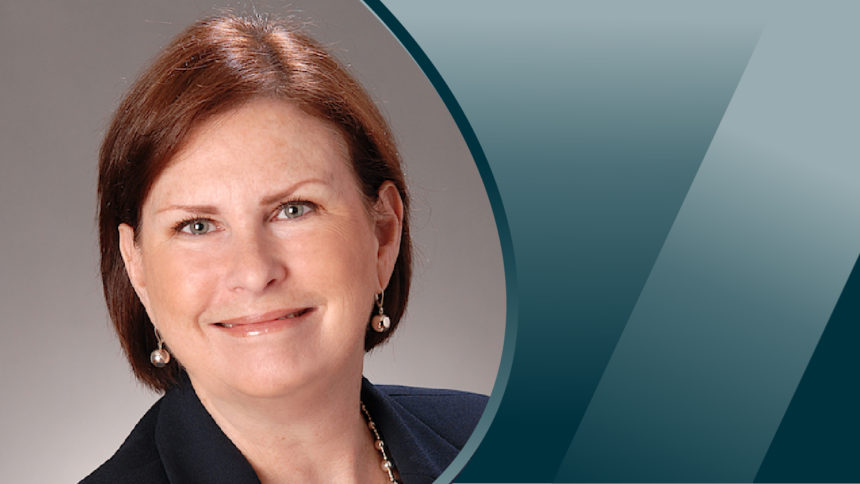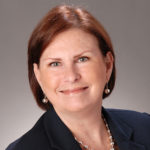
Q: Recently, I’ve been hearing about Generation Jones. Is this a new term? Who is in Generation Jones, and how will its members affect senior living?
A: I was born between 1946 and 1964 and always identified as a baby boomer. Now I learn that there are two micro-generations defined within the Baby Boom generation: Early boomers (those born between 1946 and 1954) and Generation Jones (those born between 1955 and 1964). I am Generation Jones, a cohort that represents approximately 25% of the population.
The Baby Boom generation is a huge demographic that will have a significant impact on the senior living and healthcare industry, but it cannot be considered as a homogenous group. Each of these generations has experienced unique and different social, political and cultural changes that have influenced their perspectives and outlooks on life.
Early boomers entered the workforce during the post-World War II economic expansion with almost a decade to grow their careers and accumulate wealth. Generation Jones entered the workforce during a period of economic instability. A deteriorating economy, recessions and a transition from traditional pension plans to self-funded retirement accounts affected the ability of many to achieve the same level of affluence and economic security as the Early Boomers.
In addition to the economic challenges, Generation Jones also was the first digital generation. Members often started their first jobs using yesterday’s technology and then were forced to transition to tomorrow’s digital technology — from typewriters and land line telephones to computers and cellular smartphones — and the technology continues to change.
Generation Jones has substantial voting power and the potential to change and shape future policy decisions, but the Early Boomers (turning 70 to 78 in 2024) is the cohort that is most likely starting to think about aging in place, potential downsizing, future housing and how to access healthcare and support services. Members of Generation Jones (turning 60 to 69 in 2024) — the youngest boomers — still may be helping their adult children or caring for aging parents, and many could be up to 10 years away from dealing with their own aging and healthcare issues.
Due to the very different life experiences of each of these sub-groups, the senior living industry likely will need take unique and different approaches to education, communication and design and delivery of housing, support services and healthcare to them.
Lynne Moore is president of MDS Research Company Inc., a national senior living and healthcare consulting firm based in Fort Worth, TX, that has been serving clients for more than 50 years. MDS is a two-generation company — she is following in Jim Moore’s footsteps. Ms. Moore is responsible for all MDS market research-related projects involving all aspects of senior housing and healthcare. She can be reached at (817) 731-4266 or [email protected].
An abridged version of this column appeared in the June print issue of McKnight’s Senior Living.


